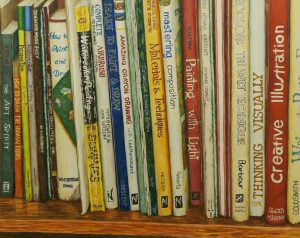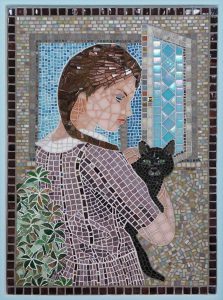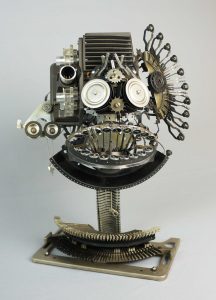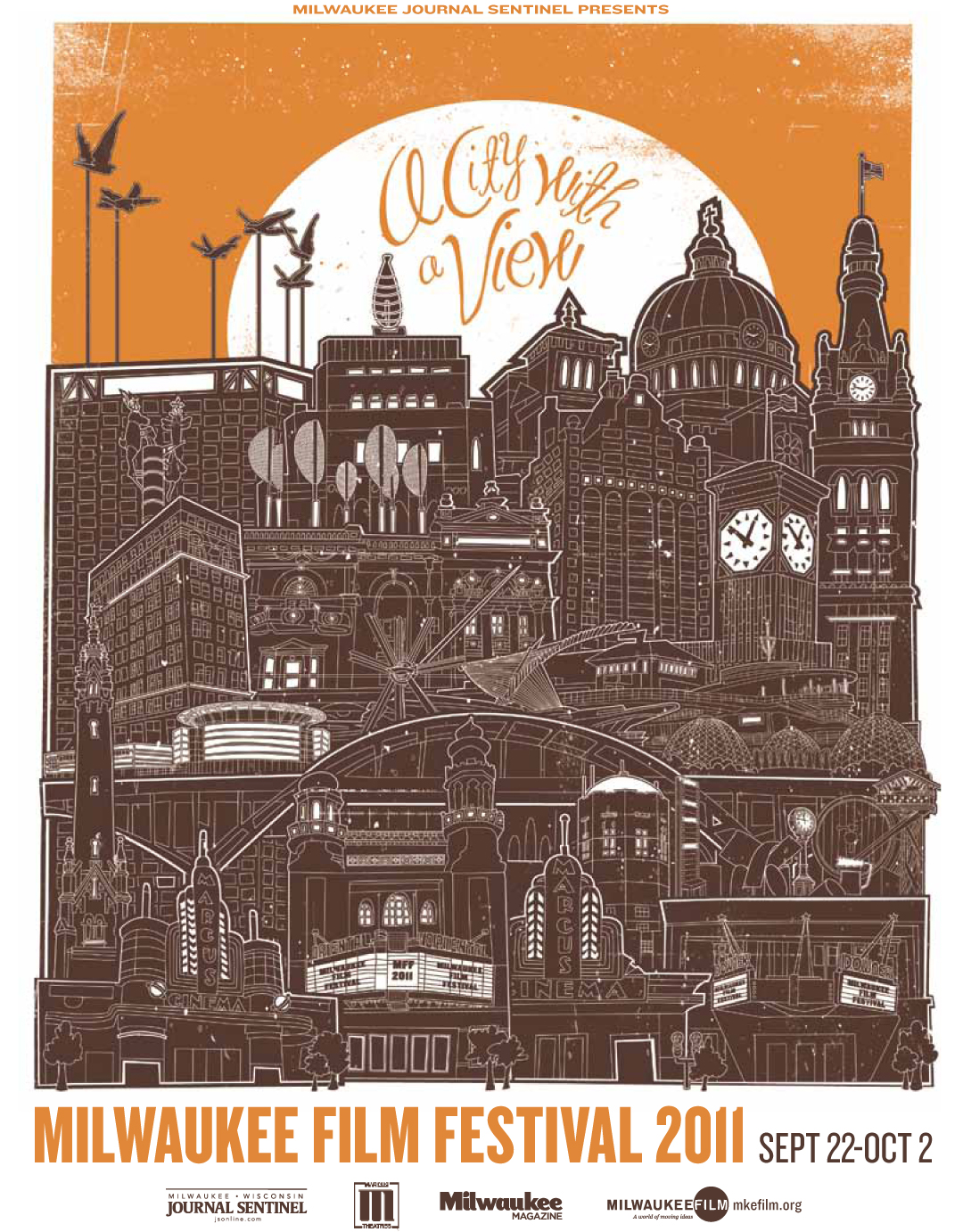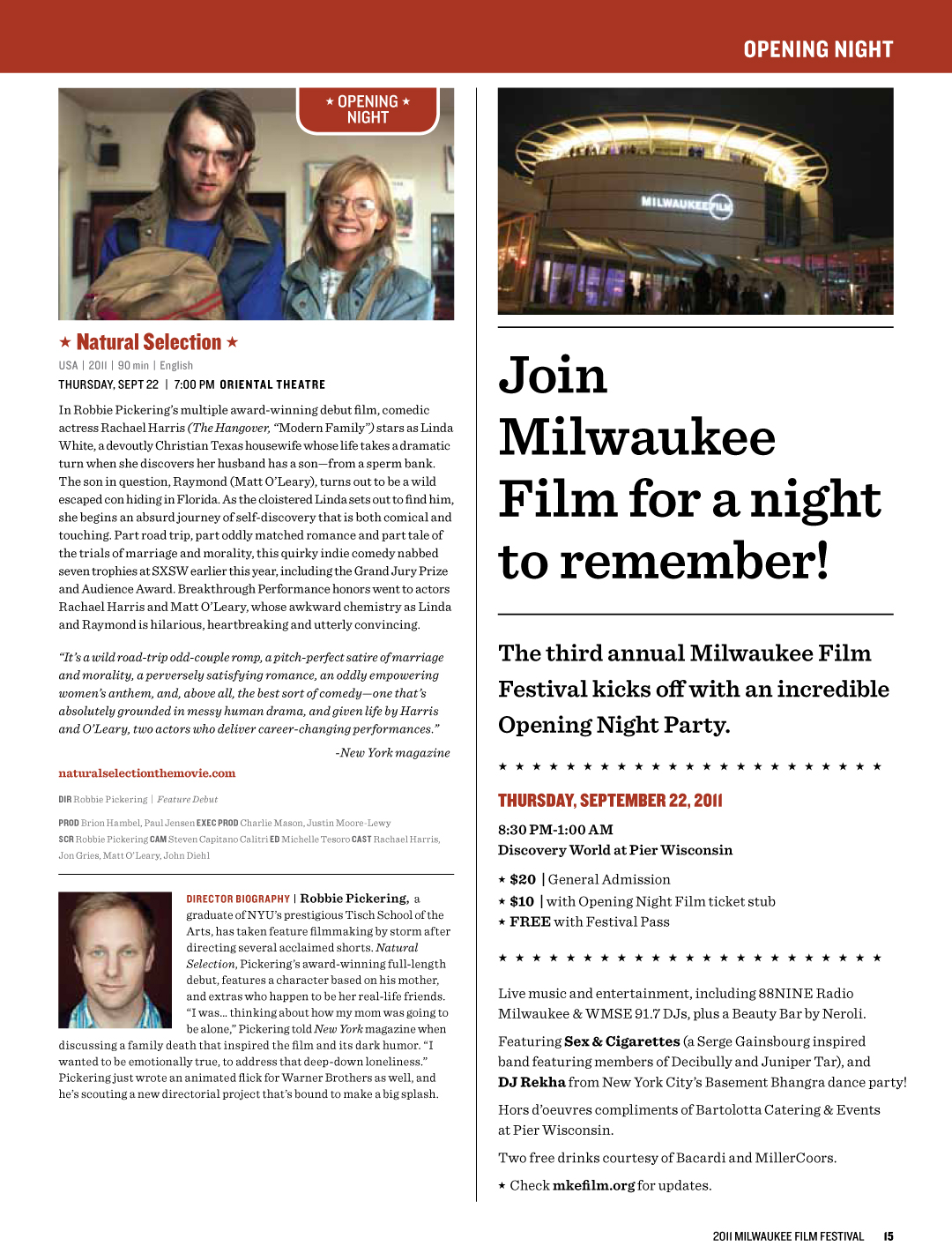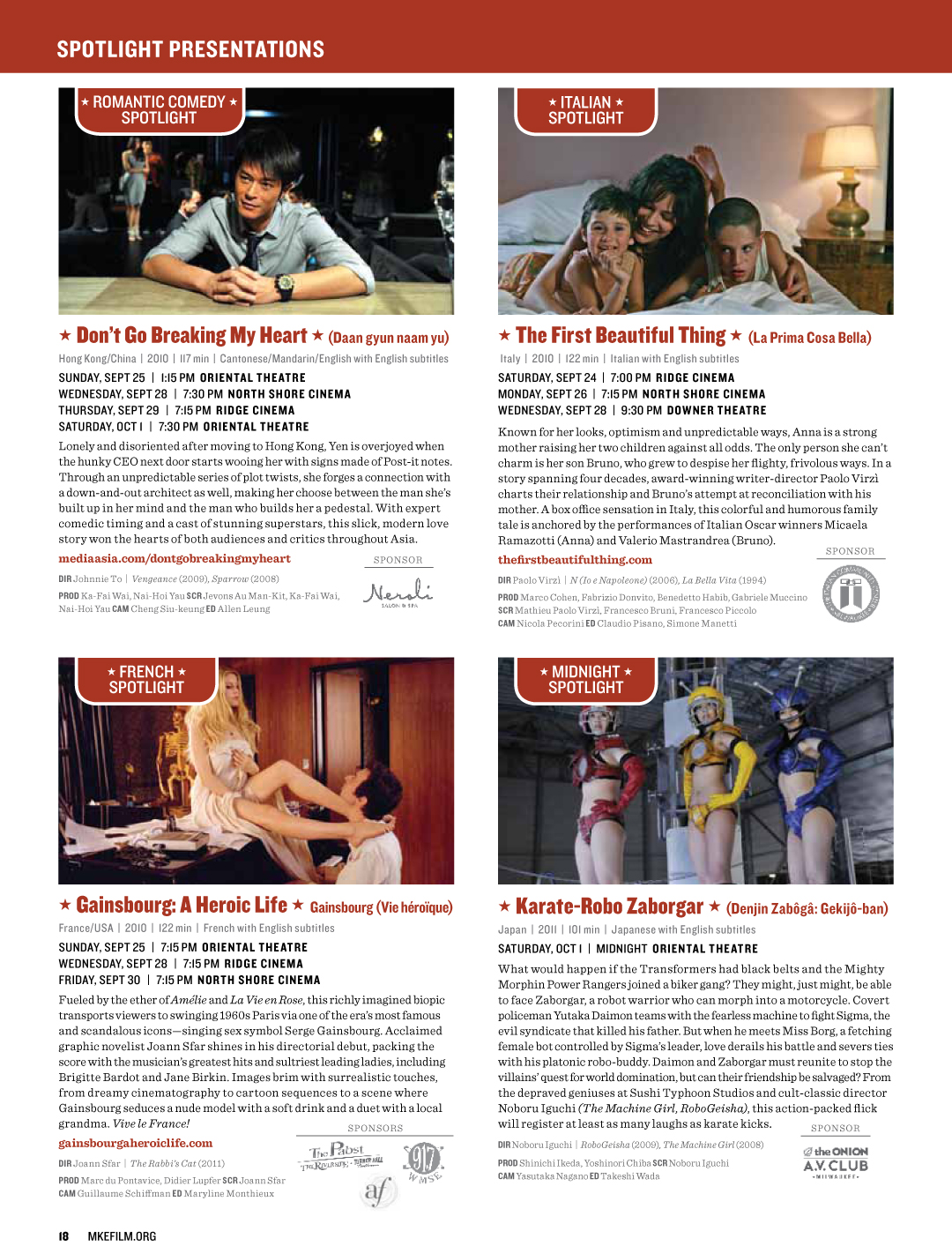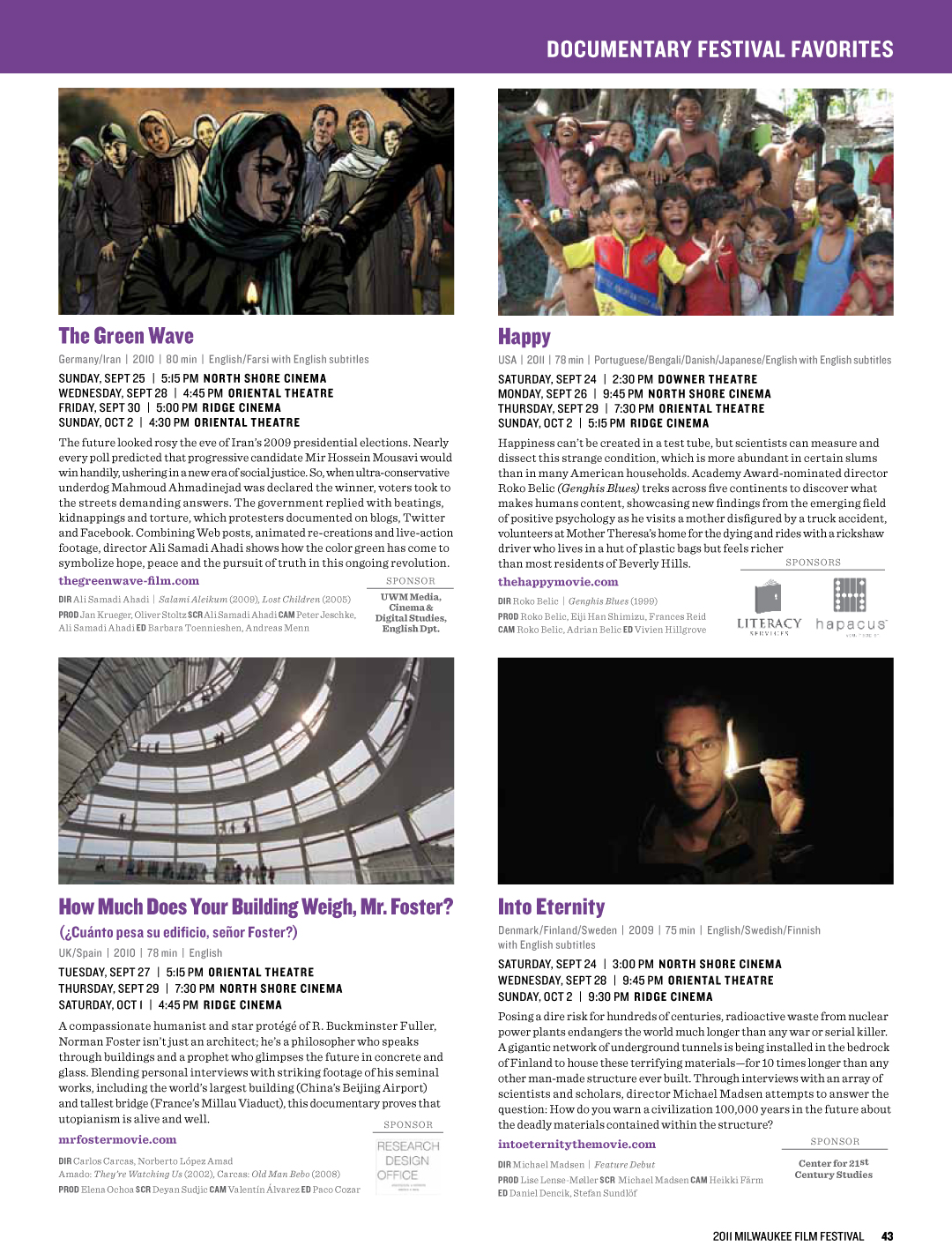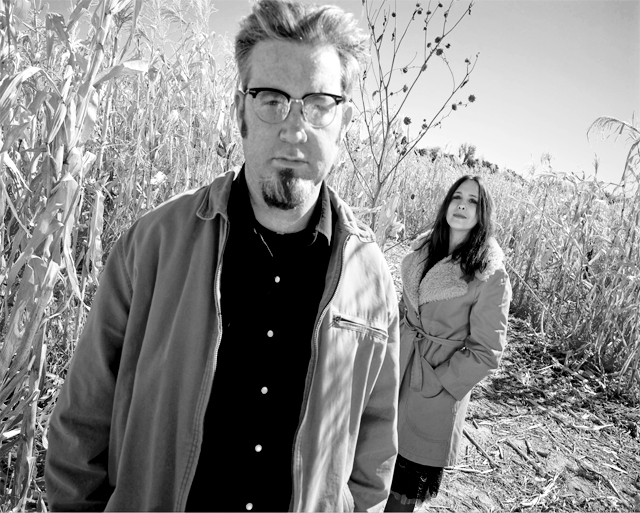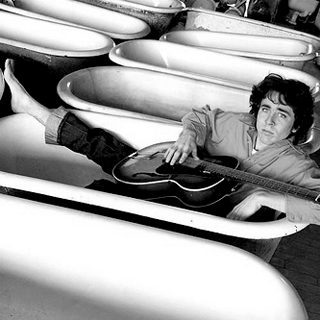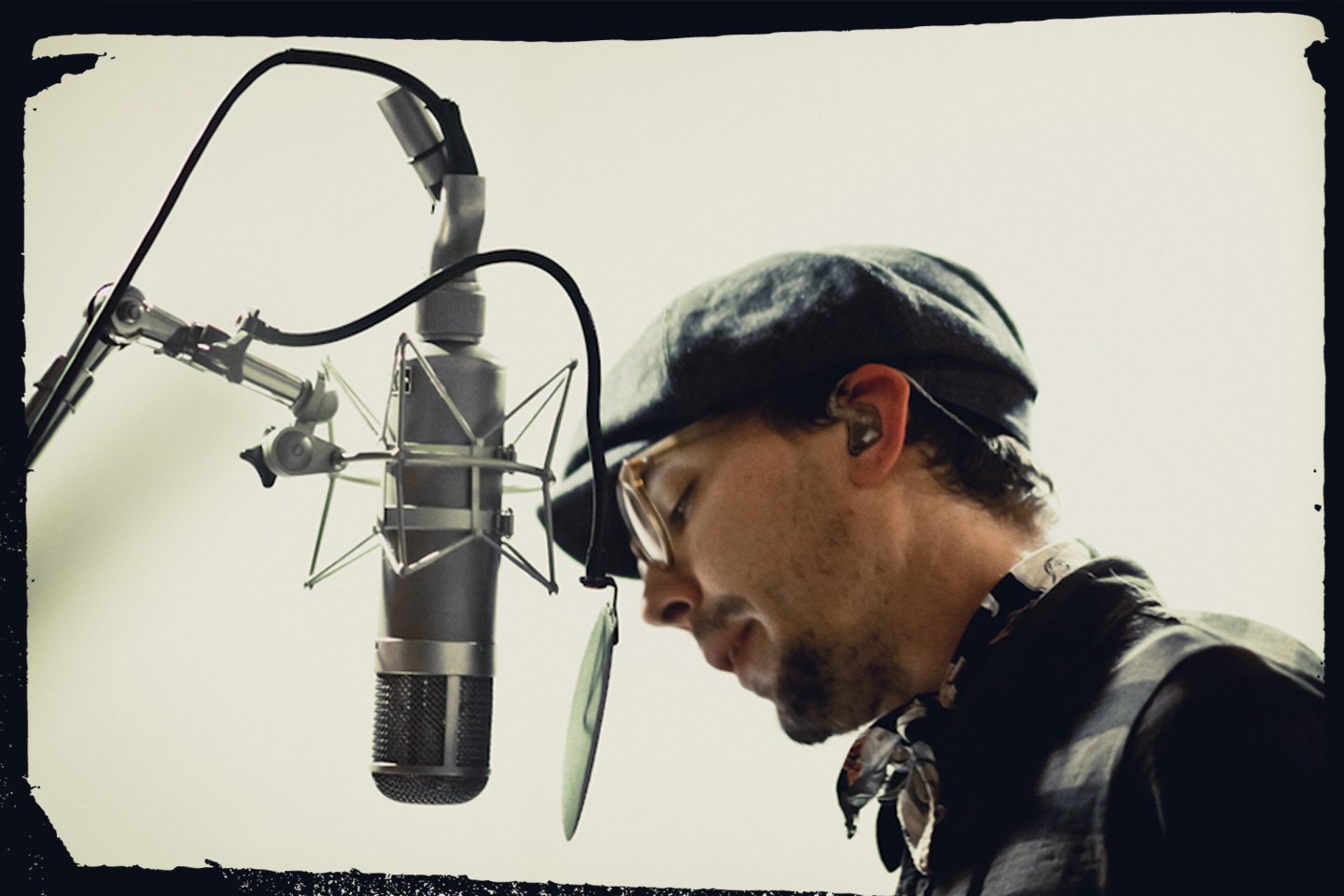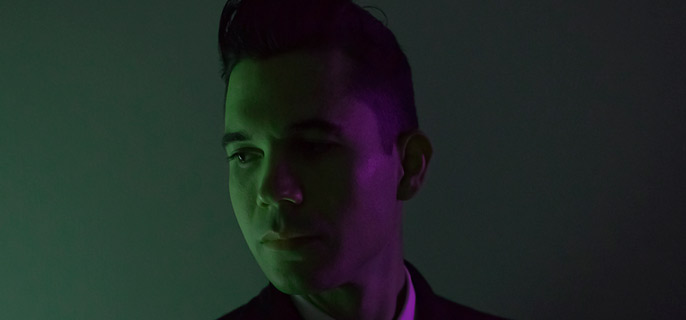 When Continuing Studies’ Barbara Nehls-Lowe learned Tagalog, she was living in the Philippines, serving in the Peace Corps. Then she returned to the U.S., where learning a language was much harder. For years she studied Spanish, which is useful for her work with the Wisconsin HIV Outreach Project, but she never found her way. Things changed when she signed up for Continuing Studies language courses.
When Continuing Studies’ Barbara Nehls-Lowe learned Tagalog, she was living in the Philippines, serving in the Peace Corps. Then she returned to the U.S., where learning a language was much harder. For years she studied Spanish, which is useful for her work with the Wisconsin HIV Outreach Project, but she never found her way. Things changed when she signed up for Continuing Studies language courses.
Nehls-Lowe and several family members wanted to see her daughter Amanda, who lives in Sicily with her husband. When they planned the trip, they had no idea they’d become honorary members of another family, that of Luisa Gregori.
“Amanda’s husband, Oliver, is an attorney in the Navy’s JAG Corps. Since he’s stationed in Sicily for three years, I thought, ‘Now’s the time to learn some Italian. I told my husband, Henry, and we decided to take a class together through Continuing Studies,” she says.
That’s when the couple met Gregori, their teacher. She showed them how to say hello and goodbye, introduce each other, and order wine. She also got them excited about learning more Italian. Nehls-Lowe has taken additional classes since.
“Luisa understands adult learning, and she made her class very fun and comfortable. It was a fabulous experience,” Nehls-Lowe says.
Adult-centered language learning
Sage Goellner knows it can be intimidating to learn a language as an adult. That’s one reason the French professor joined Continuing Studies, where she directs a set of the language programs.
“We strive to make our courses as gracious and convivial as possible, and there’s generally a lot of repetition and humor,” she says. “There are no exams and homework is minimal. Whatever effort students put into the class will be equal to what they get out of it, no matter if they want to travel or simply practice a new skill.”
Semester-long courses for beginners teach skills that can vastly improve an international trip: understanding basic directions, deciphering a weather report, and reserving a hotel room, to name a few. Students also develop cultural competency by reading news, discussing customs, and exploring art, history, and music.
In Italian 1, for example, students get acquainted with Italian coffee culture.
“In cafés, most Italians drink their coffee (always espresso unless you specify otherwise) standing up at the counter (al banco). It can cost a lot more if you have it while seated at a table. Italians also only drink cappuccino in the morning and frown upon drinking milk after a meal. Knowing little things like these can mitigate that ‘fish out of water’ feeling while traveling,” Goellner says.
A different way of life
Class was just the beginning of Nehls-Lowe’s introduction to Italian culture. When she and her husband invited their teacher to dinner, the next leg of the adventure began.
“We took Luisa out to dinner to get to know her better,” Nehls-Lowe recalls. “When she heard we were going to Italy this summer, she said, ‘I’ll be home. You have to stay with me!’”
After convincing the couple her offer was serious, Gregori met up with their group in Tuscany and took them to her family’s home.
“Tuscany was the highlight of our trip: being at Luisa’s house, meeting her parents, being surrounded by all sorts of fruit trees—lemons, limes, nectarines, olives. Spending time with these wonderful people in such a beautiful place enriched our experience of Italy. They have such a different way of life, so peaceful and quiet and connected to the land,” Nehls-Lowe says.
Though Gregori’s parents speak little English, they made the group feel at home among the fruit trees, where the family make their own olive oil and farm-to-table means “See that nectarine tree? Pick some fruit, then enjoy it right here in our backyard.”
Gregori also took the group to several of her favorite Tuscan towns and Cinque Terre, a collection of centuries-old villages on the Italian Riviera.
“We crammed ourselves into a car stuffed with nectarines, prosciutto, cheese, olives, and other treats from Luisa’s family and then drove to Cinque Terre on some very curvy roads with no guardrails,” Nehls-Lowe says. “It was terrifying and beautiful. The cliffs are really steep, and you can see the sea below.”
During their four-day sojourn by the sea, Nehls-Lowe’s younger daughter, Abby, mentioned she had an appointment with a tattoo artist in Milan.
“She told me she was getting a tattoo. I said, ‘I’m in,” without a second thought, even though I had zero tattoos.”
In addition to visiting Tuscany and Cinque Terre, Nehls-Lowe’s group explored Florence and Venice. On the way to Milan, they glimpsed George Clooney’s villa on Lake Como, and when they reached the city, Nehls-Lowe kept her promise. She now has a permanent souvenir on her ankle: an olive-branch tattoo.
To learn more about Continuing Studies’ language programs, see here or contact Goellner at sage.goellner@wisc.edu.
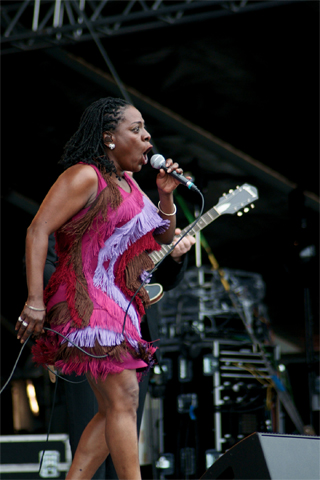



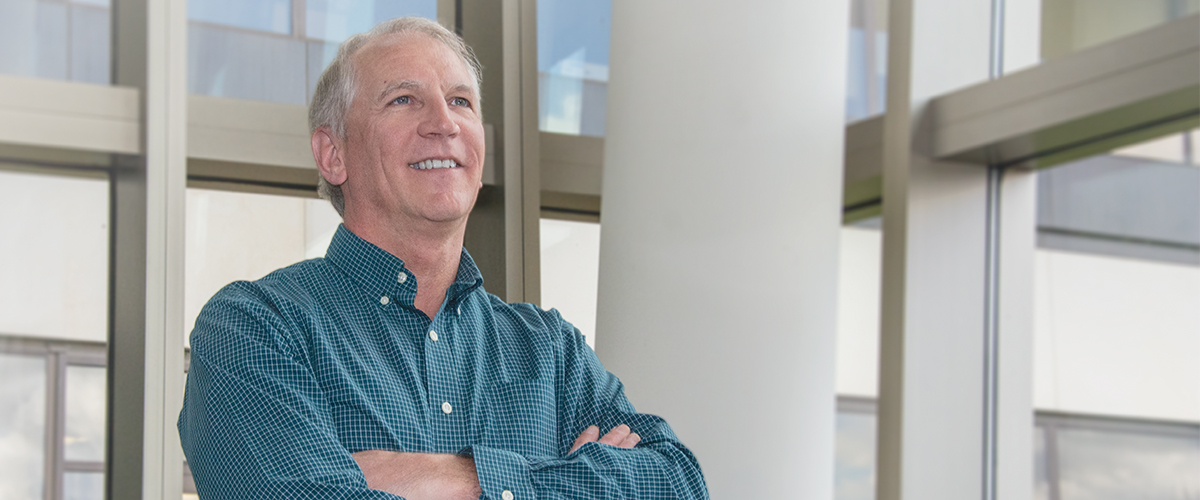 Randy Brandner had a problem. The Merrill Chamber of Commerce had outgrown its office space, and people were looking to him, its president, for answers. Luckily, he found a solution with the help of the University of Wisconsin–Madison’s
Randy Brandner had a problem. The Merrill Chamber of Commerce had outgrown its office space, and people were looking to him, its president, for answers. Luckily, he found a solution with the help of the University of Wisconsin–Madison’s  When Continuing Studies’ Barbara Nehls-Lowe learned Tagalog, she was living in the Philippines, serving in the Peace Corps. Then she returned to the U.S., where learning a language was much harder. For years she studied Spanish, which is useful for her work with the Wisconsin HIV Outreach Project, but she never found her way. Things changed when she signed up for Continuing Studies language courses.
When Continuing Studies’ Barbara Nehls-Lowe learned Tagalog, she was living in the Philippines, serving in the Peace Corps. Then she returned to the U.S., where learning a language was much harder. For years she studied Spanish, which is useful for her work with the Wisconsin HIV Outreach Project, but she never found her way. Things changed when she signed up for Continuing Studies language courses.

